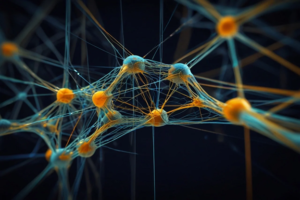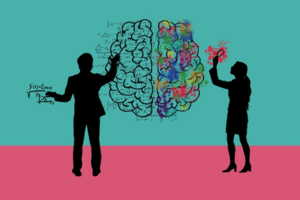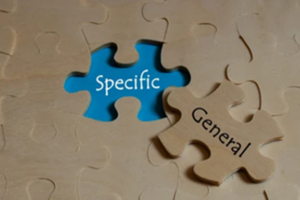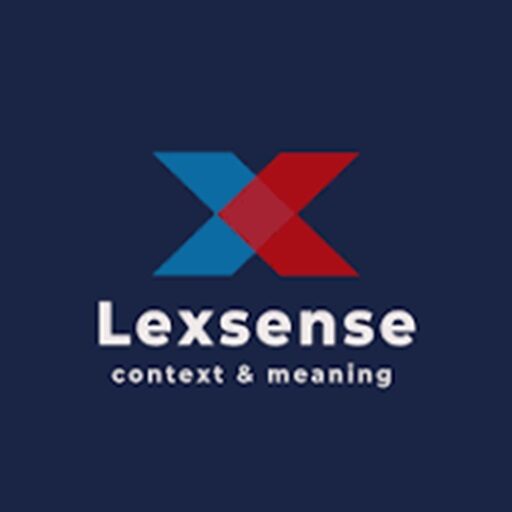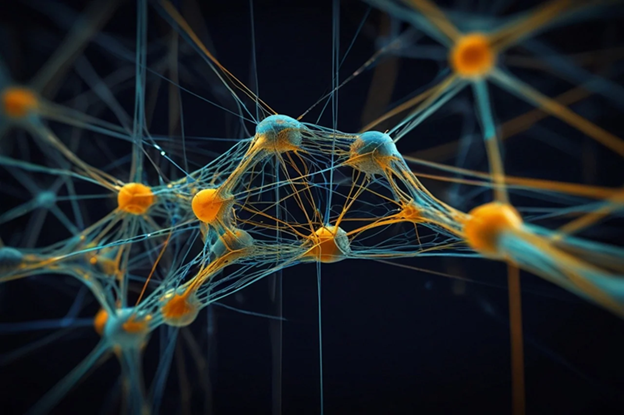Introduction
Human understanding of the world is deeply intertwined with the concept of cause and effect. We constantly perceive actions leading to outcomes, and language provides us with the tools to express these relationships. Causatives, a grammatical category found across languages, are specifically designed to encode situations where one entity or event causes another. This paper aims to provide a comprehensive overview of causative constructions, examining their linguistic properties and their role in shaping our understanding of agency and force.
Defining Causatives: The Act of Making Something Happen
At their core, causatives express that an entity or event (the causer) instigates or brings about another event or state (the causee). In simpler terms, they convey that someone or something makes someone or something else do something or be in a certain state. This concept is inherently relational, involving at least two participants: the causer and the causee.
Formal definitions of causativity often involve the following key characteristics:
Types of Causatives: Lexical and Periphrastic Constructions
Causatives manifest themselves in various ways across languages, broadly categorized into lexical and periphrastic types.
The choice between lexical and periphrastic causatives is often determined by the specific language and the desired level of emphasis on different parts of the causative event.
Semantic Nuances of Causation
Beyond the basic concept of “making something happen,” causatives can express subtle variations in the degree of coercion or force involved. For example, consider the different degrees of causation implied by the following English sentences:
These variations highlight that causatives aren’t simply about making something happen but also about the manner in which that causation is achieved. Furthermore, the concept of agency assigned to the causer can vary significantly. Some causative events may be due to natural forces rather than a true agent (e.g., “The storm broke the tree”).
5. Causatives and Transitivity
Causative constructions often manipulate the transitivity of verbs. Intransitive verbs can be made transitive through causative morphology, allowing for the introduction of a causer argument. For example, the intransitive verb walk becomes transitive in “He made the dog walk.” This increase in valency, the number of arguments a verb takes, is a crucial characteristic of causative constructions.
6. Cross-Linguistic Variation
The expression of causatives varies considerably across languages. Some languages rely more heavily on lexical causatives, while others favor periphrastic constructions. Languages may exhibit unique morphological markers or specific auxiliaries for expressing causation. Furthermore, the semantic range of causative constructions can differ across languages, reflecting different cultural and cognitive perspectives on agency and causality.
It’s also interesting to note that some languages have dedicated causative affixes, modifying the original verb stem rather than using separate verbs (e.g., some polysynthetic languages).
7. Causatives and Cognitive Linguistics
Cognitive linguistics explores the relationship between language and human cognition. Causatives are particularly relevant in this domain because they reflect how we conceptualize cause-and-effect relationships. They can be seen as expressions of our underlying schemas of agency and force, illustrating how we understand interactions between entities and events in the world. The study of causatives informs our understanding of how language structures our perception and interpretation of reality.
8. Conclusion


